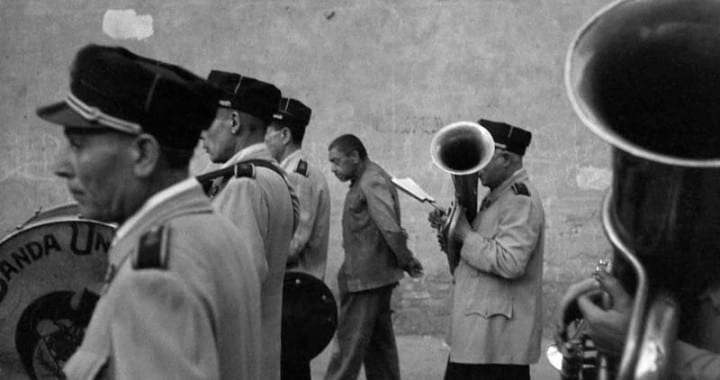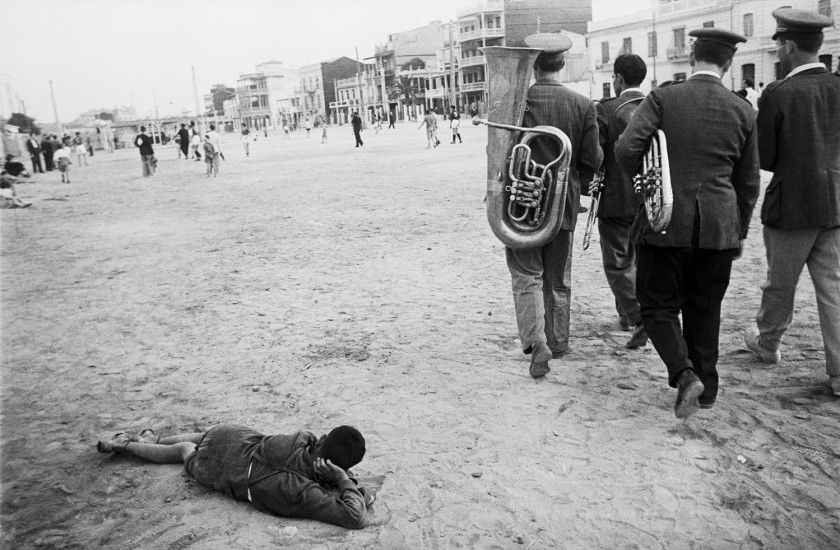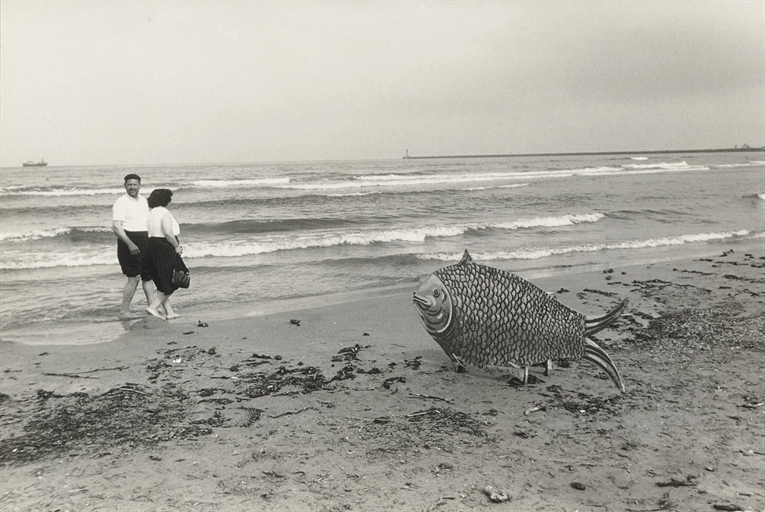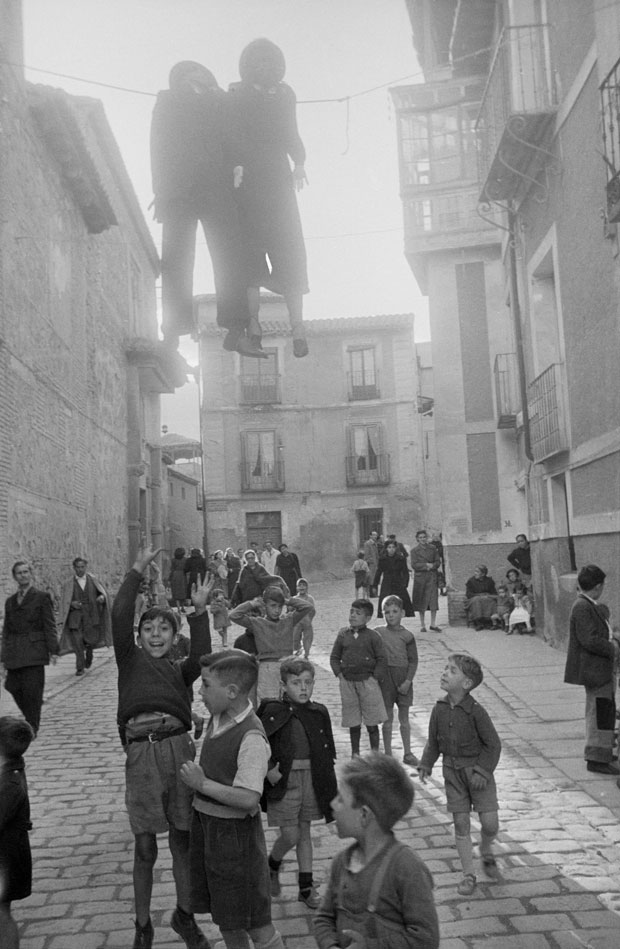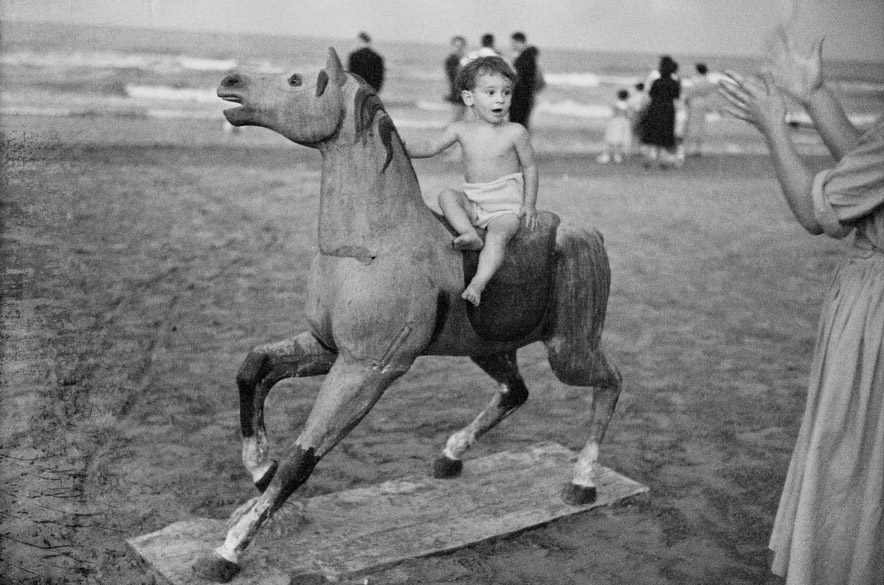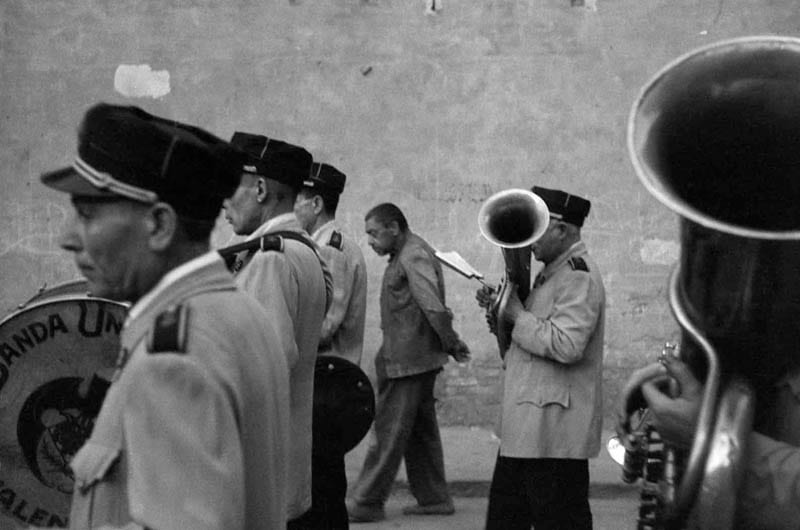
‘”There is one thing the photograph must contain, the humanity of the moment” – Robert Frank
REVIEW: Robert Frank – Valencia 1952 (2012)
By Fanny Landstrom, ASX UK, April 2013
In 1952, the Swiss born photographer Robert Frank leaves his job and his then current habitat New York to travel with his family to Europe. For many months they settled down in the small coastal village Valencia, located in a Spain suffering from a post war crisis. During that time, he made the photographs that now are comprised into this book.
Coastline, street lights, and shop window mannequins. Funerals, weddings, and parades. Children, mothers, and brothers. Celebrations and everyday struggles. Valencia 1952 is not a conceptually edited book such as HOLD STILL_keep going (2001) where text and images are happily fighting over whose getting the attention and are arranged in a (seemingly anarchic) organized chaos. In Valencia 1952, the images are sequenced in a (almost) consistent order of one photograph per page, without captions, throughout the whole book. Valencia 1952, is a non-narrative collection of photographs – but, each frame, or pair on the spread, contain an individual chapter making up a part to the final volume.
Photographers tend to seek themselves to faraway corners of the world – to cultures different from their own, aiming to portray the exotic and un-familiar. Robert Frank portrays Valencia from the unusual standpoint of a person ‘partly settled in, but not yet a part of the community’.
Photographers tend to seek themselves to faraway corners of the world – to cultures different from their own, aiming to portray the exotic and un-familiar. Robert Frank portrays Valencia from the unusual standpoint of a person ‘partly settled in, but not yet a part of the community’. This gives him the possibility to photograph people from a close, but yet respectful, distance, which gives his images a rare intimacy, considerable sensitivity, and a manifestable tension. Co-author, Vicente Todoli, writes that by choosing a, “smaller place he would be able to integrate himself better into the life of the community”, and that is what distinguishes Valencia 1952 from his other works that are exploring a geographic location, such as The Americans (1958) or London/Wales (2003). Here, Robert Frank does not explore large areas as a travelling vagabond, but as a curious infiltrator searching for the essence within. In the accompanying interview he states that, “It is difficult to describe the thin line where matter ends and mind begins”.
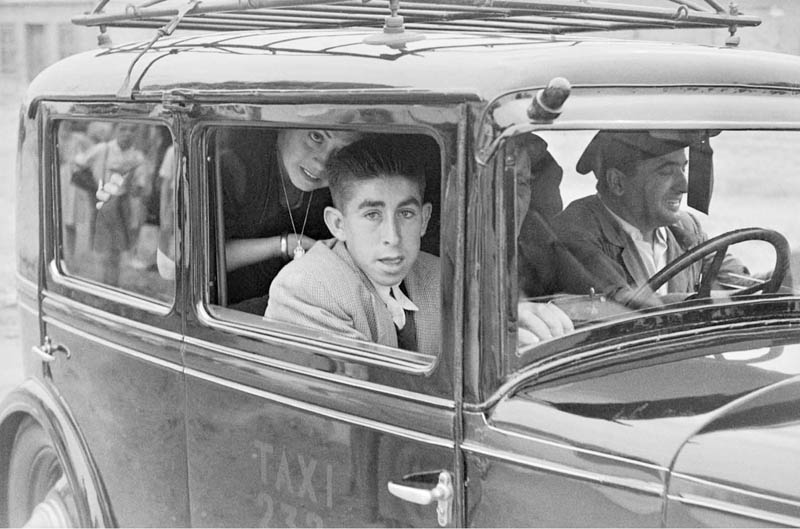
@ Robert Frank and courtesy of Steidl
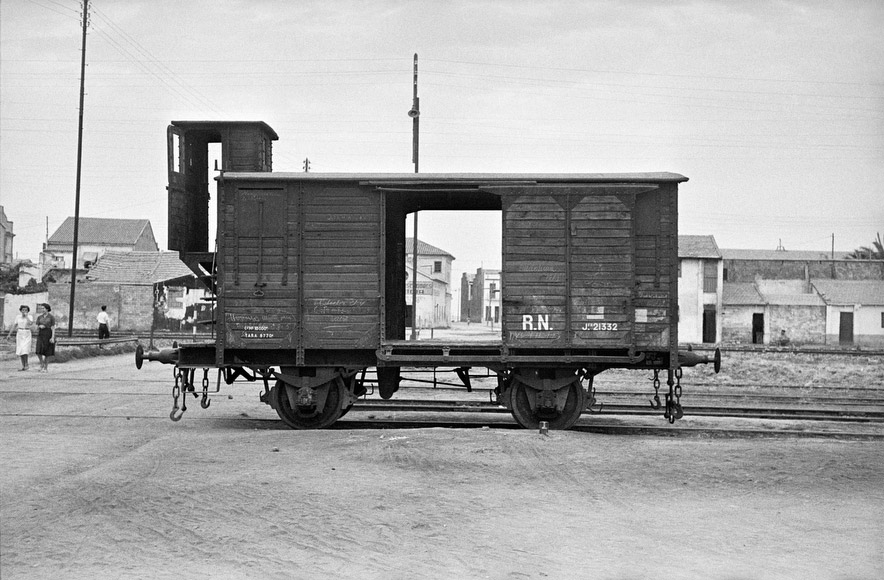
@ Robert Frank and courtesy of Steidl
Although the photographs in this book investigate a very specific location, Valencia, and almost only the few quarters around Robert’s own home, the images seem to answer to a more general, even universal, state of the human condition.
Although the photographs in this book investigate a very specific location, Valencia, and almost only the few quarters around Robert’s own home, the images seem to answer to a more general, even universal, state of the human condition. In the intro to the book Robert writes that, “black and white are the colors of photography. To me they symbolize the alternatives of hope and despair to which mankind is forever subjected”. It is everyday – them – you & me – then – and now. If setting aside the factual portrayal of that specific village’s culture, traditions, and architecture – the more indicative content seem be about the connectedness and similarities shared by all humankind. About interaction. About loneliness. And about both at the same time.
The photographs are no doubt documentary, even realist, but they still have a touch of romanticism. Many of the images are taken after sun has set and the ‘Mediterranean’ atmosphere is enhanced by the blur and haze created by long shutter speeds and moving objects. This is by far his most poetic, almost sentimental, work. The possibility to create this body over a long period of time and get to know a place more thoroughly has contributed to the pleasant flow and the feel of that there’s no rush. Though the images depict a village in the midst of a post war crisis, it not a sense of crisis and despair that is the most prominent theme running through the series – it is, rather, a beautifully illustrated account of the general terms of being human. Simple, but not easy.
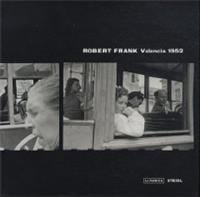 Valencia 1952
Valencia 1952
64 pages
25.3 cm x 25.3 cm
Clothbound hardcover with dust jacket
Steidl / La Fabrica
ISBN: 978-3-86930-502-8
Fanny Landström writes for ASX in the UK and is currently studying Photographic Arts at the University of Westminster, London. An incurably curious reader, writer, and viewer.
ASX CHANNEL: ROBERT FRANK
(All rights reserved. Text @ ASX and Fanny Landstrom, Images @ Robert Frank and courtesy Steidl)
